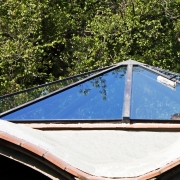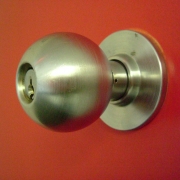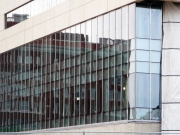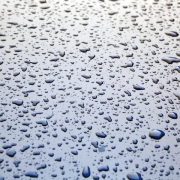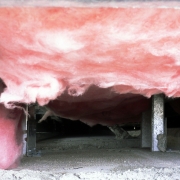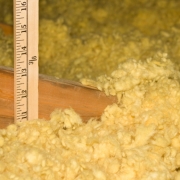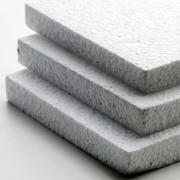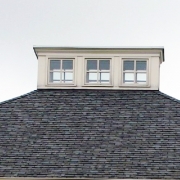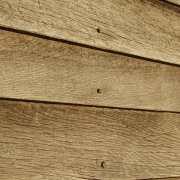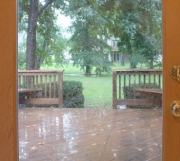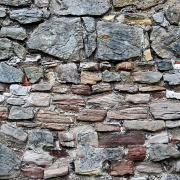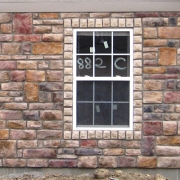Unit Skylights
Unit skylights are standard factory assembled products ready for installation. They come complete with glazing, retainer caps, battens, trim, gutters, flashing, gaskets, sealants, and fasteners. Unit skylights may be either non-operable or operable to allow for ventilation. Unit skylights are typically used for areas where more natural light is desired than can be achieved with windows. They add drama to a space while reducing the need for artificial light.
